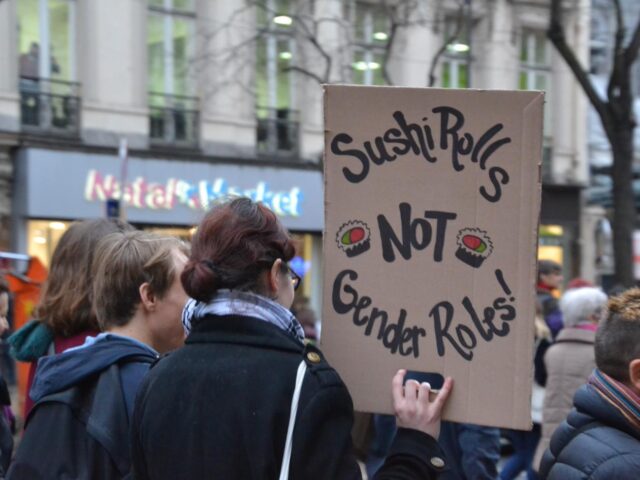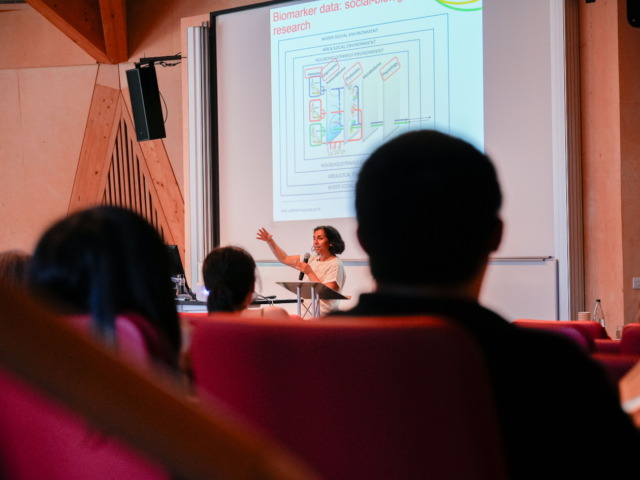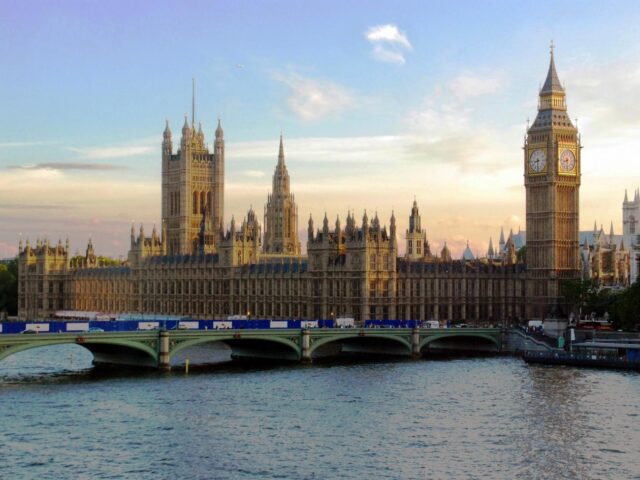This is a follow up to Spending Study 1, which was conducted between IP waves 9 and 10 (see Section 10.4). The data from Spending Study 2 have been deposited with the UK Data Service (SN 8909, 10.5255/UKDA-SN-8909-1). The data from Spending Study 2 can be linked to the data from the annual IP interviews using the individual identifier “pidp”.
As part of the study, respondents were asked to download and install an application for their smartphone and to use it to record their daily spending. This included an experiment to examine the impact of when the invitation to download the app is made. Half of the households were asked to download the app during the course of the IP11 interview. For face-to-face respondents in this treatment group, the interviewer was able to assist as needed. The remaining half of households were invited to download the app for the study in an interwave postal mailing.
The experimental control variable indicated below was allocated equally among households, within strata of combined mode allocation and sample origin. Samples originated at IP1, IP4, IP7, IP10, and IP11. The mode allocation refers to the mixed-mode design described above (7.1). For samples that are part of the mixed-mode allocation at IP11, allocation of when the invitation was made occurred for each sample with modes equally. For samples not included in the mixed-mode experiment at IP11, allocation of invitation timing occurred equally only within that sample. The variable controlling this experiment is:
ff_ininterview on record k_hhsamp_ip:
1 Invitation to download app made in-interview
2 Invitation to download app made interwave (postal letter)
Variables used for this experiment are on record k_indresp_ip:
appoutc, appwhy1_code, appwhy2_code



